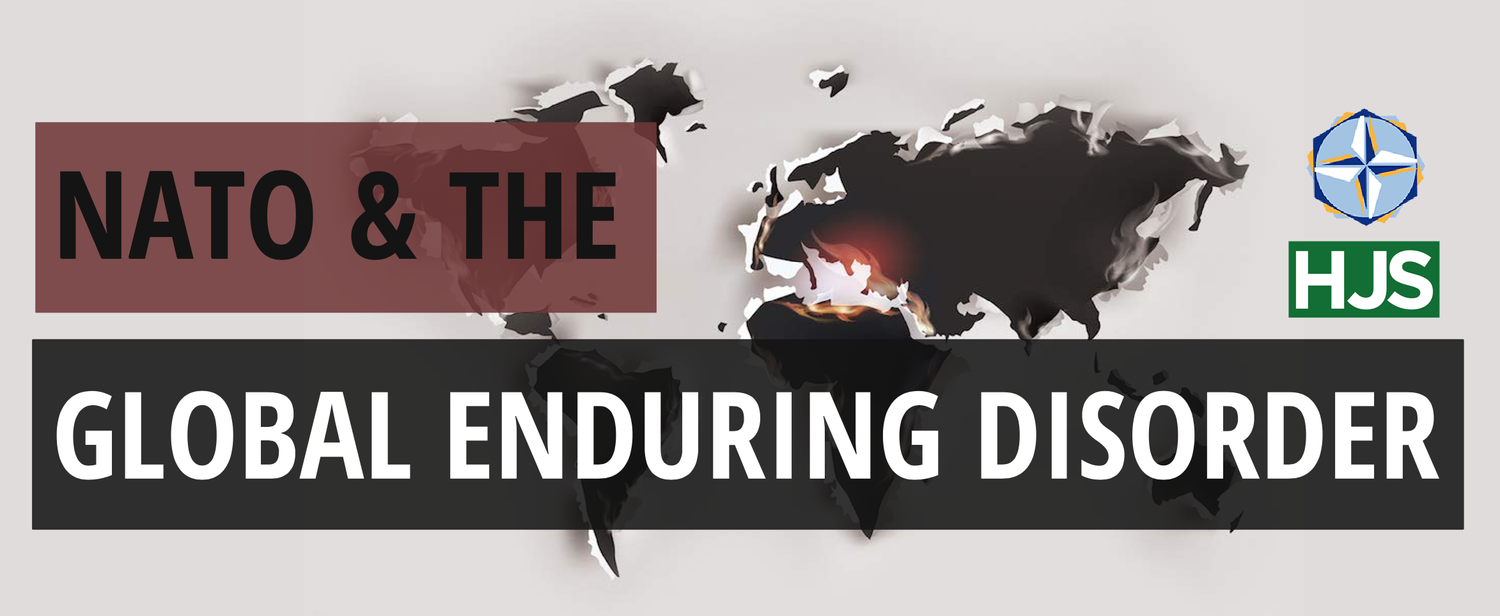The Rise of Counterfeit Democracy
Why has global democracy declined so much—and how can we explain why so many countries, including the United States, are lurching toward authoritarianism?
In 1989, the political scientist Francis Fukuyama argued that we had reached “The End of History.” He didn’t mean that events would stop happening—or that historical change had come to an end—as that would be ludicrous. Rather, in his essay, he defined “history” in a broad sense: as a clash of ideological frameworks for how to legitimately govern societies.
As Fukuyama noted, the 20th century saw immense change on this front. Democracies were rare at the start of the century, and fascism rose as an alternative model—embraced by regimes that later killed millions of people. World War II settled the democracy vs. fascism debate, for a time.
Then, during the Cold War, communism challenged democracy, with the Soviet Union presenting a rival model for governance that was adopted by large swaths of the world. However, the Soviet Union collapsed, and the 1990s became a period of surging global democracy. In particular, much of Africa and Eastern Europe moved toward democracy.
But for most of modern history, democracy has been the outlier, not the norm, as you can see from this graphic from Our World in Data. (I will quibble with this data momentarily, but it gives the right broad picture)…


